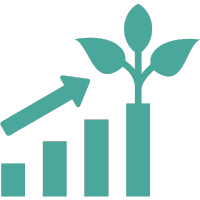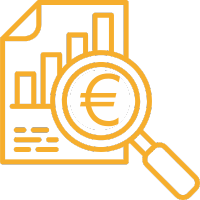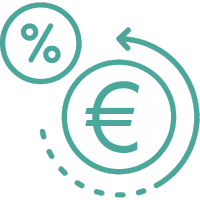
How to Participate as a Sustainable Investor?
Step 2: Check
Step 3: Remember
Invest in What Matters Most
Avoiding Negative Impact
Investment products designed to minimise harmful effects on the environment and society, such as reducing greenhouse gas emissions, respecting human rights, and protecting biodiversity.
Impact Investing
Investments aimed at generating measurable positive social and environmental impacts, contributing directly to the United Nations’ 17 Sustainable Development Goals (SDGs).
Compliance with EU Taxonomy
Products adhering to the EU Taxonomy classification, ensuring a portion of the investment goes toward environmentally sustainable economic activities.
Targeted Investments
Investments focused on specific sustainability sectors such as renewable energy, green mobility, and eco-friendly technologies.
Active Shareholder Engagement
Funds that exercise shareholder voting rights to influence corporate policies through direct engagement with companies’ management teams.
Best-In-Class Selection
Products selecting only top-performing companies in terms of sustainability within specific industries, ensuring adherence to high ESG standards.
Exclusionary Screening
Investment funds that deliberately avoid companies involved in activities like weapons manufacturing, coal production, or tobacco industries, following a strict exclusion policy.
Ethical Retirement and Savings Plan
Savings and retirement plans that invest in mutual funds focusing on companies with strong labour and environmental practices.












